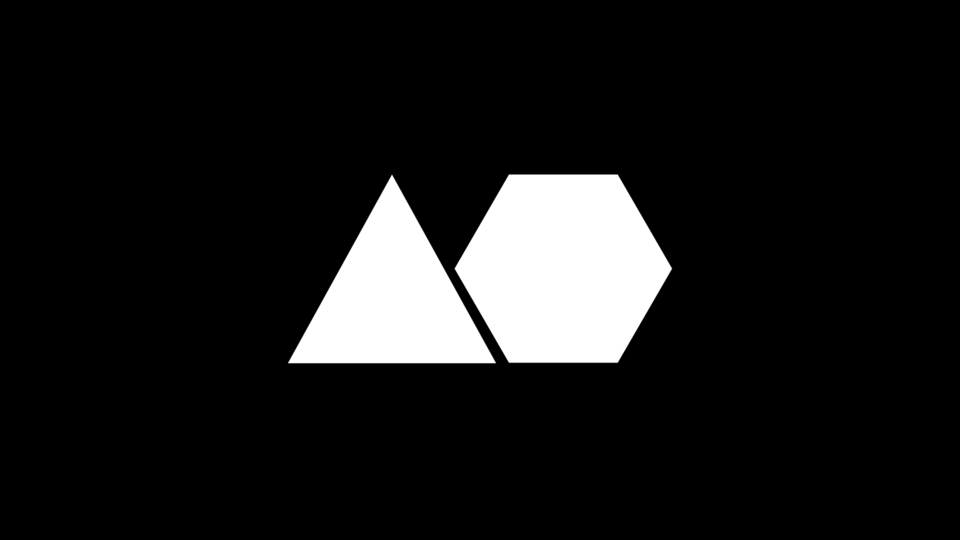
Carbon Dioxide Laser

Description
Ultrastable carbon-dioxide gas laser. (Single-frequency, TEMooq-mode CO2) This is the original second generation CO2 laser used in the 1968 first experimental demonstration of the Schawlow-Townes 1958 line-width prediction.
Reasearch on gas lasers at MIT Lincoln Laboratory began in 1963. While the first carbon-dioxide laser was invented by C.k.N. Patel in 1963, the work at Lincoln was inspired by Ali Javan's Helium-Neon laser design invented in 1960. Charles Freed developed the first ultrastable carbon-dioxide lasers at Lincoln in 1966. A complete redesign was completed in 1968. Lincoln Laboratory provided detail design drawrings to qualified researchers at various universities and laboratories in the United States and Britian.
Although the technology is now over 50 years old, lasers are still cutting-edge. In the 1950s, Charles Townes invented the maser (built by James Gordon and Herbert Zeiger), a device that produced coherent microwave radiation beams and for which he received the 1964 Nobel Prize in Physics (with Nicolay Gennadiyevich Basov and Aleksandr Mikhailovich Prokhorov). With Arthur Schawlow, Townes (who would later move from Columbia to MIT) proposed that the same method could be applied to light to produce optical lasers. Their theory also discussed the fundamental limitations of lasers due to the quantum characteristics of light. Ali Javan, then at Bell Laboratories, built the first Helium-Neon gas laser. At Lincoln Laboratory, Charles Freed was the first to build carbon dioxide gas lasers stable enough to verify the Schawlow-Townes limit in conjunction with lead-salt lasers developed by colleagues. The results of the Lincoln Laboratory 1968 report were tested again in 1981 using improved equipment, which provided even finer line-width results. The list of MIT laser inventors is lengthy, but thousands more researchers use lasers as part of their work in other fields.
Related organizations


